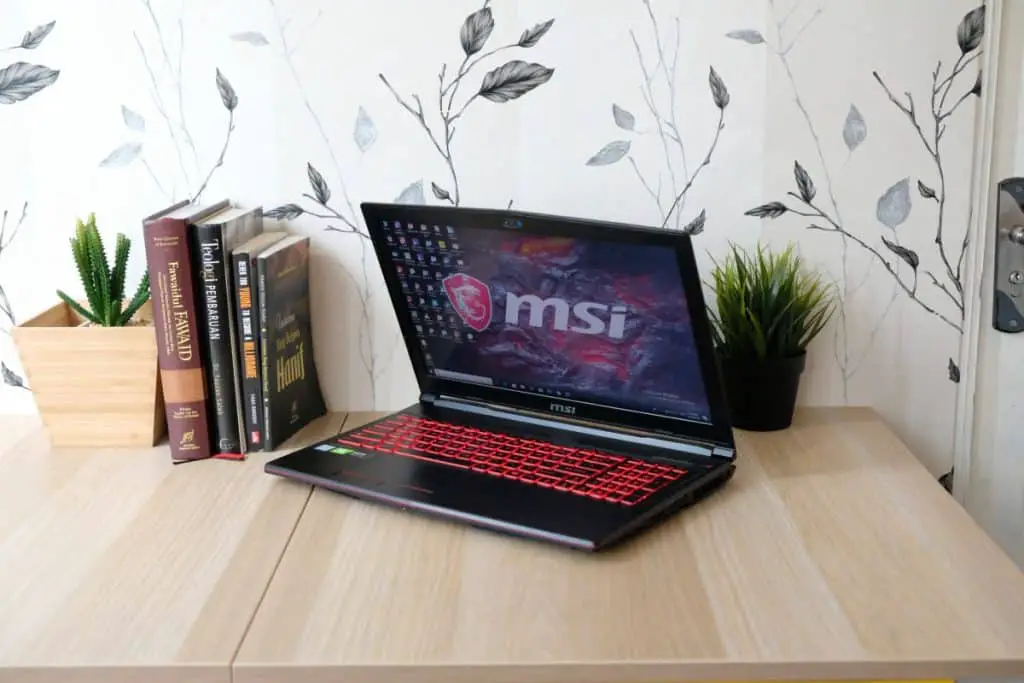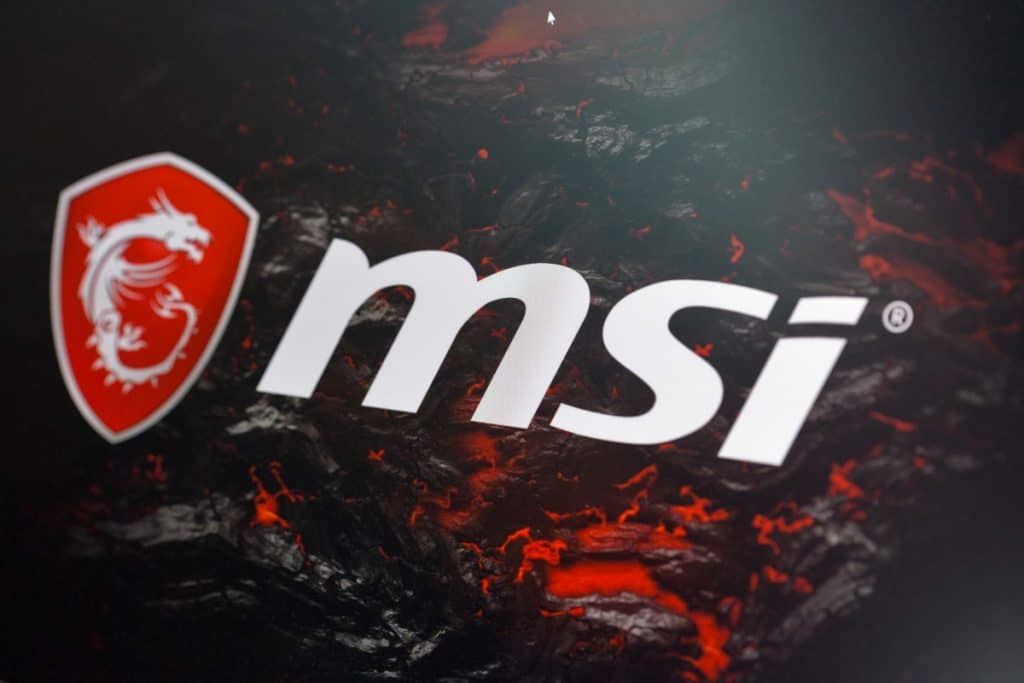To put it simpler in terms, a BIOS password is a form of authentication required to access the computer’s basic input and output system. So why do you need to set a Bios password? The answer is quite simple, Bios passwords are often an extra layer of security by prompting your users to key in a password before entering the laptop’s setup system and programs. Bios passwords can cause a lack of sleep when they are lost or cannot be remembered. This article will help point out some tips to help you set and reset a Bios password on your MSI laptop.
MSI laptop manufacturers leave the MSI laptop blank such that the end-user can always key in their passwords. To set up a new password where you have lost one, you can always use the CMOS clock battery method. Removing the battery from the laptop should do the trick.
This article will discuss how to set a BIOS password in an MSI laptop,access its BIOS, reset the BIOS password, and update the BIOS password. So, read on to find out more.

How To Set BIOS Password in MSI Laptop?
You can set up Bios passwords to protect your MSI laptop from malware. In most cases, they are found to be of two types. First, there are Bios passwords that you can use to prevent unauthorized access.
The MSI laptop user must enter a password before gaining access to the setup programs and utilities. Most system administrators, especially large companies, use this type of Bios password to deny the user’s (employees) ability to modify the laptop’s system configuration. As a result, this will reduce employees’ attempts with no clearance from tweaking the system to suit their interests.
The second type of Bios password requires a user to key in a password on your MSI laptop before its operating system starts – especially if your laptop was initially off. Just like the first type, it prevents unauthorized users from getting access to the system. These types of passwords are most effective when used in government offices where security is a primary concern – to prevent data breaches!
The Bios in an MSI laptop contains information, settings, and instructions that control how the system boots up and communicates to various hardware components and programs.
CMOS Method
Bios passwords can always be set up on the CMOS chip for authentication purposes whenever the laptop boots or when accessing your MSI laptop’s settings. However, as highlighted above, MSI laptops’ motherboards are often left blank to give the user a chance to enter their password.
How Do I Access the BIOS on My MSI Laptop?
Have you ever heard of the term POST (Power-On Self-Test)? When MSI laptop boots up, its motherboard containing the Bios data takes control of the boot process, hence the term POST. Normally, it checks and tries to detect the laptop’s CPU, RAM, and other peripheral devices attached to the system.
This thought should not freak you out! In a short while, you will likely find out that getting into the Bios setup on an MSI laptop is quite straightforward. Please make sure to follow the instructions as stated below:
- Power on your laptop or restart it if it’s already on.
- Press and hold on to the “Delete” key as the system is powering on – this will give you access to the Bios setup. You may have to press an F2 key on some laptops, and a prompt message whether to delete or enter setup will appear or flash quickly.
- Make changes to your Bios con-fig options and press the “Esc” key to exit the setup.
Do not forget to choose “Save & Exit” to update your changes.
How Do I Reset My BIOS Password MSI Laptop?
Discharge Method
By now, you are aware that you can reset your Bios password by removing the CMOS battery. This is guaranteed to reset all settings and passwords to default. Using the draining method is quite similar to the CMOS method since they involve removing the battery. Some laptops come with two batteries. To get access to the one on your MSI laptop, locate the motherboard and remove it for at least an hour, hence resetting your password.
Tip: Draining all the power from the CMOS chip erases all the user settings, passwords included.
Reset Jumpers
Most MSI laptop motherboards have a specific set of jumpers; alternatively, you can use that to restore the Bios password. This method requires some expertise, and if you are not quite sure where to find the reset jumper, please refer to the motherboard manual. You can also check out the MSI website for more details and instructions pointing to where you can find the jumpers.
Using this method will require you to disconnect your laptop from the power source and wait for some minutes for the reset process to occur.

How Do I Update My BIOS on My MSI Laptop?
Note: Do not update your Bios if your MSI laptop system is stable.
Upgrading your MSI Bios will surely yield you some positive results. An upgrade improves the laptop’s compatibility and also adds more new features. Please ensure not to interrupt anything since there have been reported cases of failed upgrades that may cause the system not to work again.
Doing an upgrade can be summarized into three steps:
- Preparing Tool
- Making a Bios tool disk
- Updating Bios
If you don’t know how to go about the first two steps, you can visit the MSI website or forums to get some insight on the same. To update Bios, boot your laptop and press the “Delete” key to access the Bios settings and choose the “M-FLASH” option. Select “Yes” to proceed to flash mode and select your backup tool or drive. Proceed with the next prompts by clicking on “Yes.”
You should always make sure that your laptop has an active source of power when carrying out upgrades. Your laptop will restart automatically, and again press “Delete” to get into the Bios settings menu, where you can find an updated Bios version.
To sum up, it does not require a genius to set up, get into the Bios menu or reset a password on an MSI laptop. You need to follow the outlined steps carefully.
